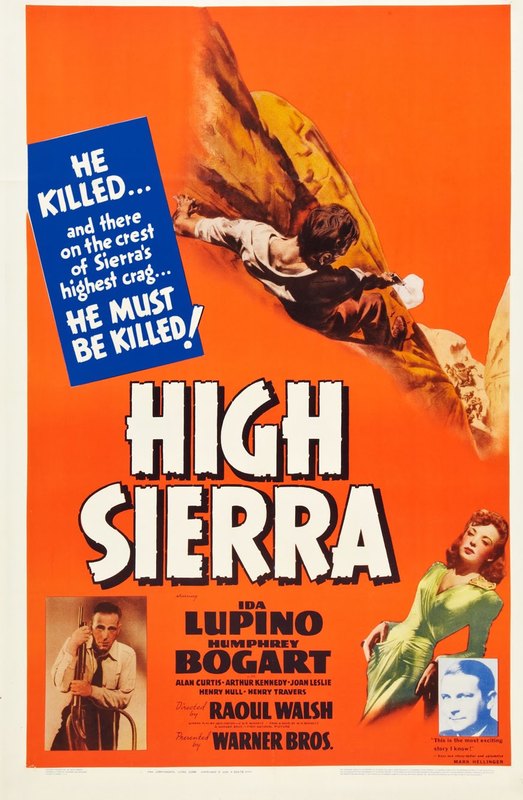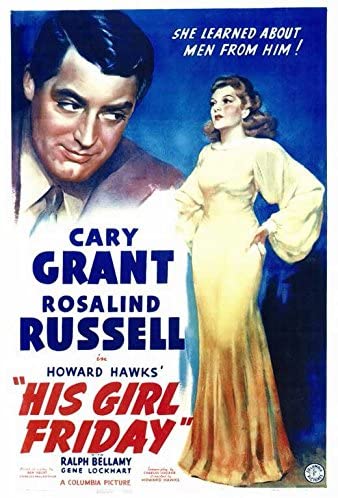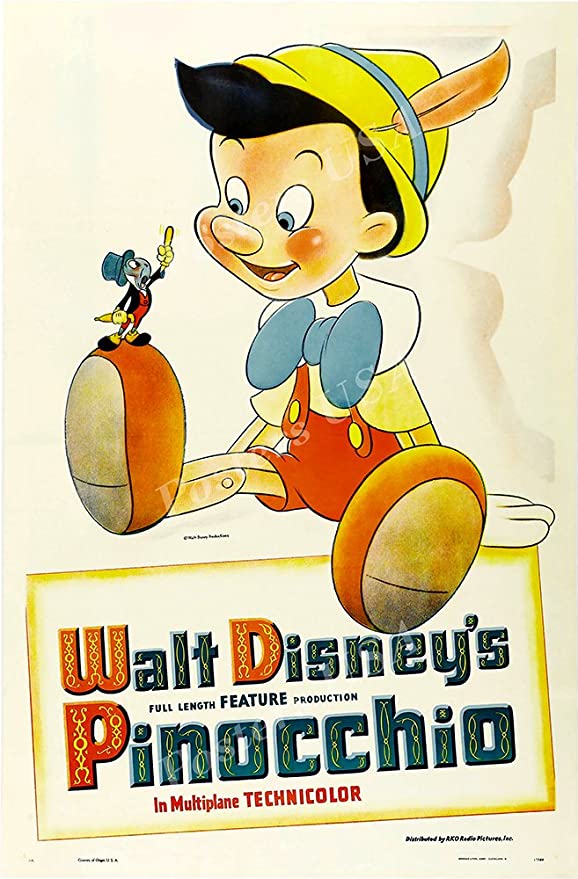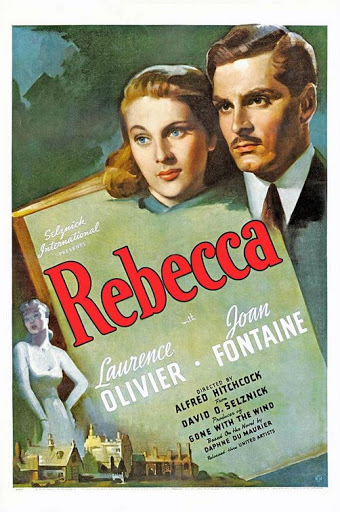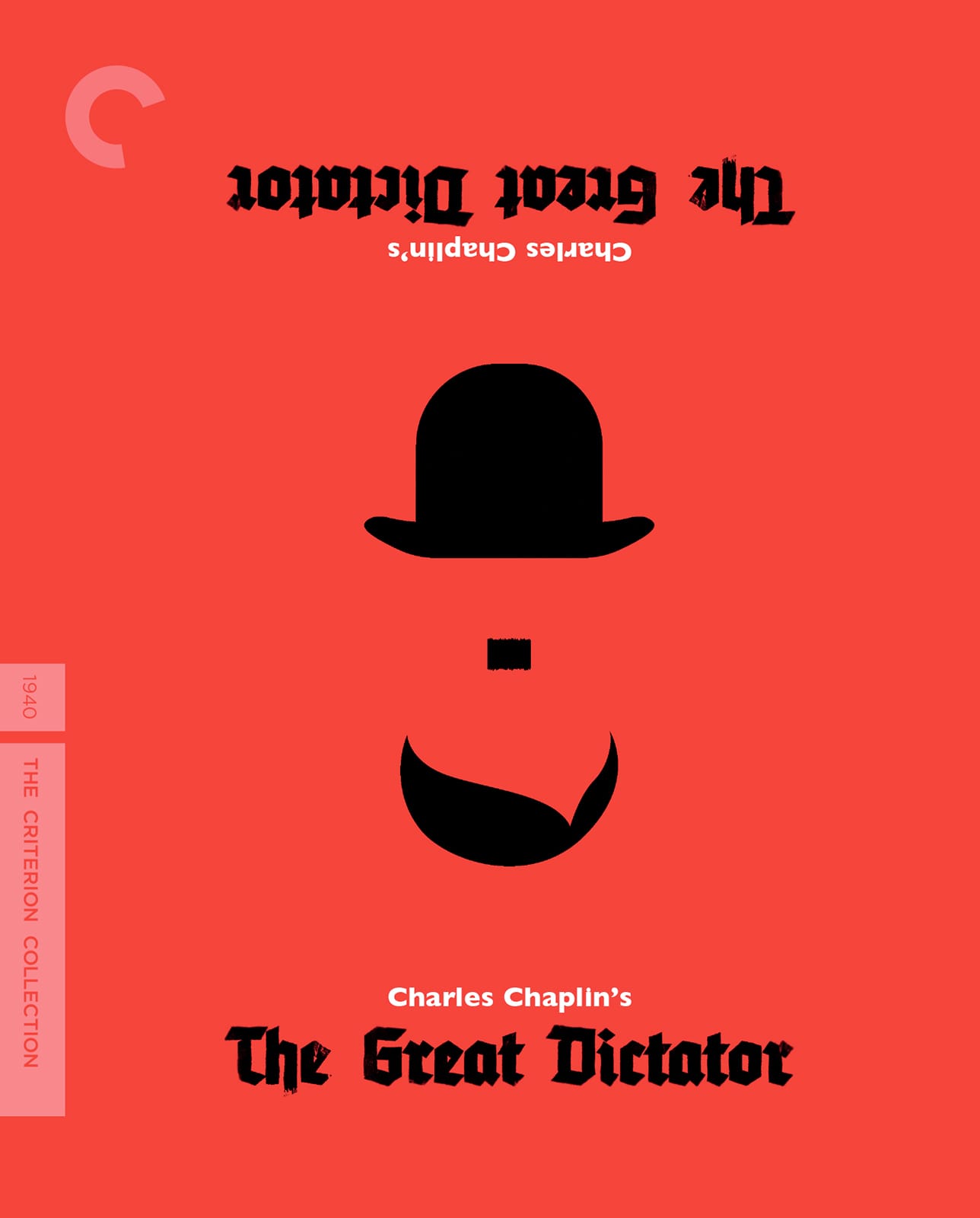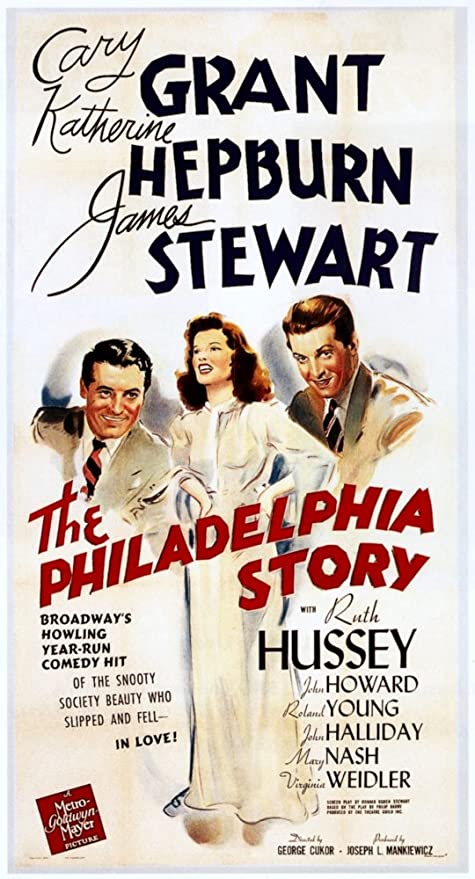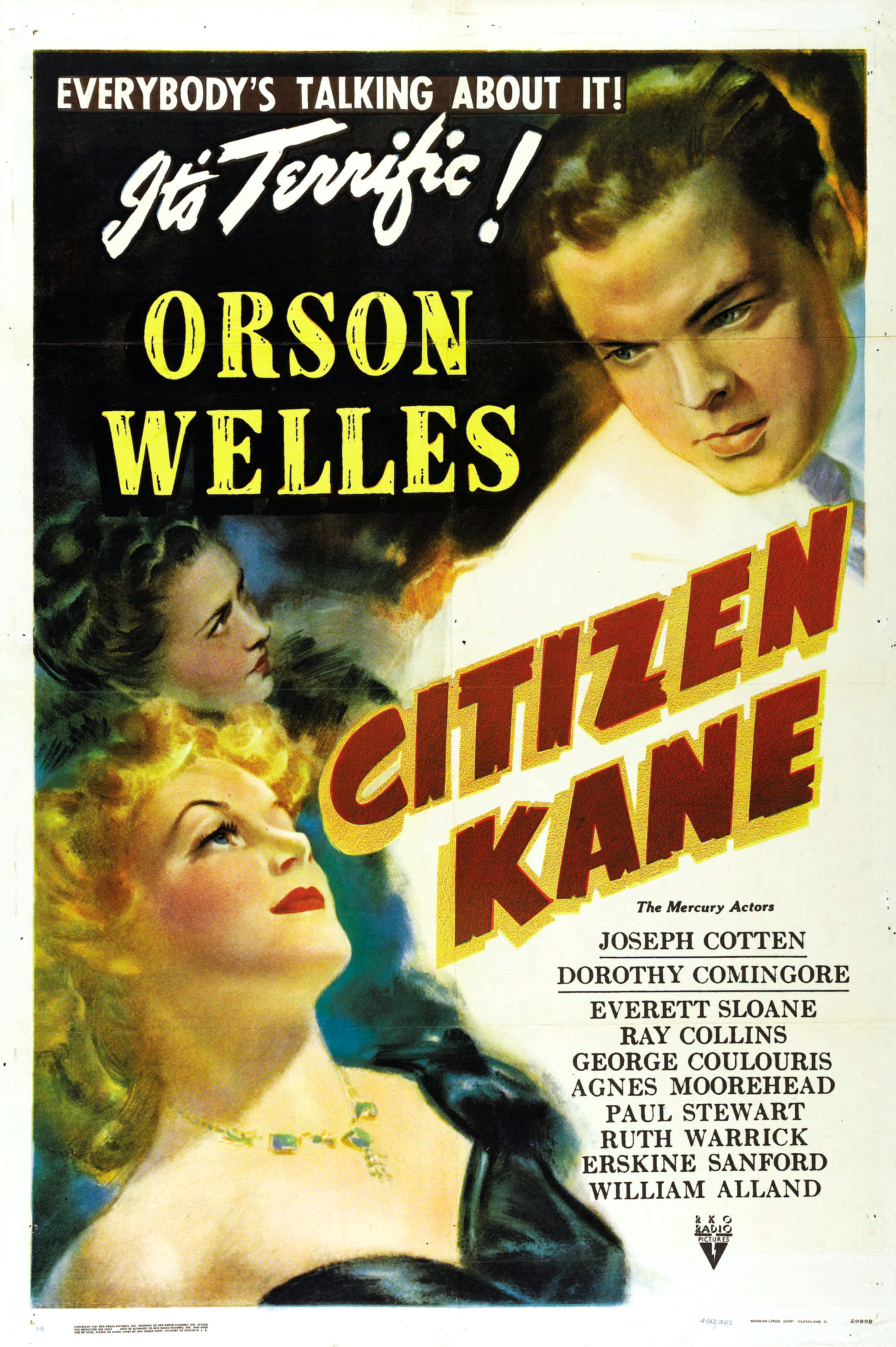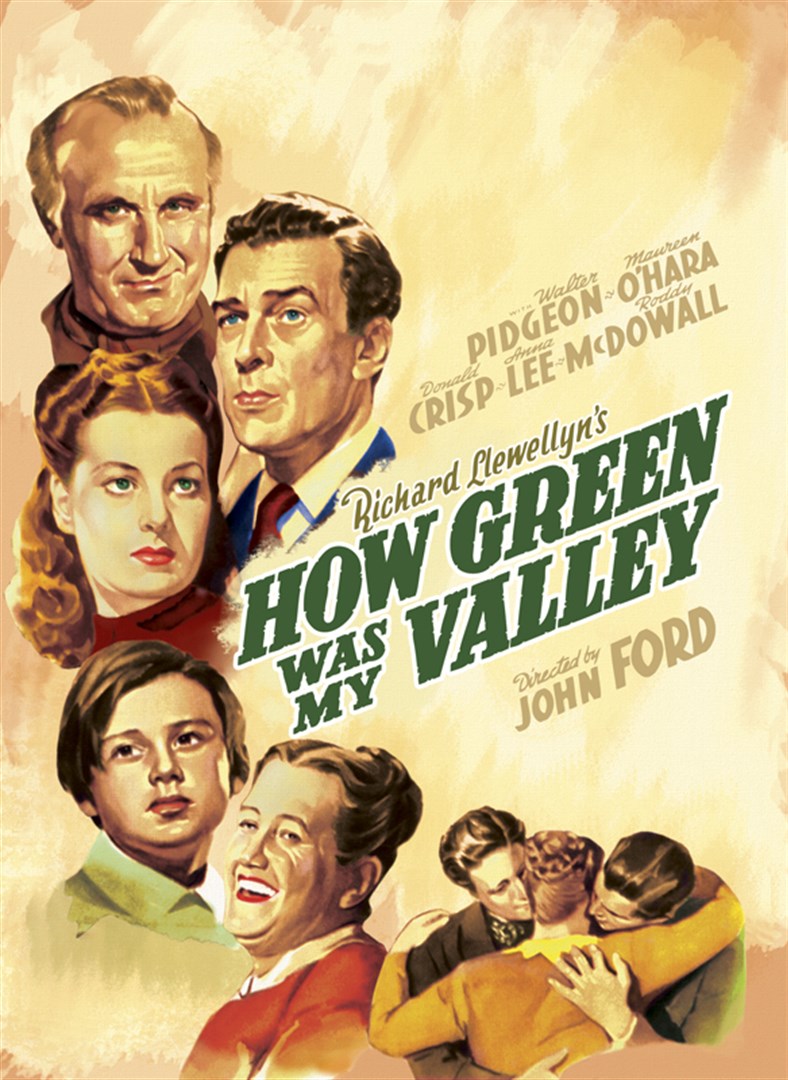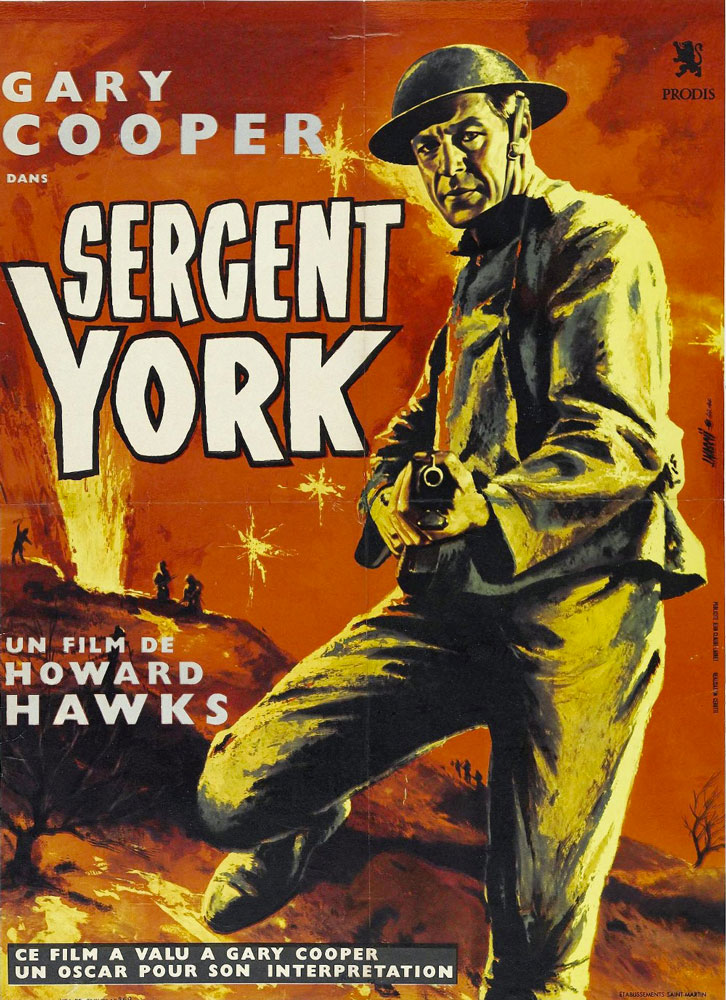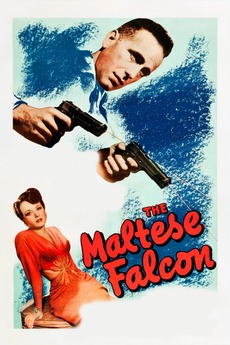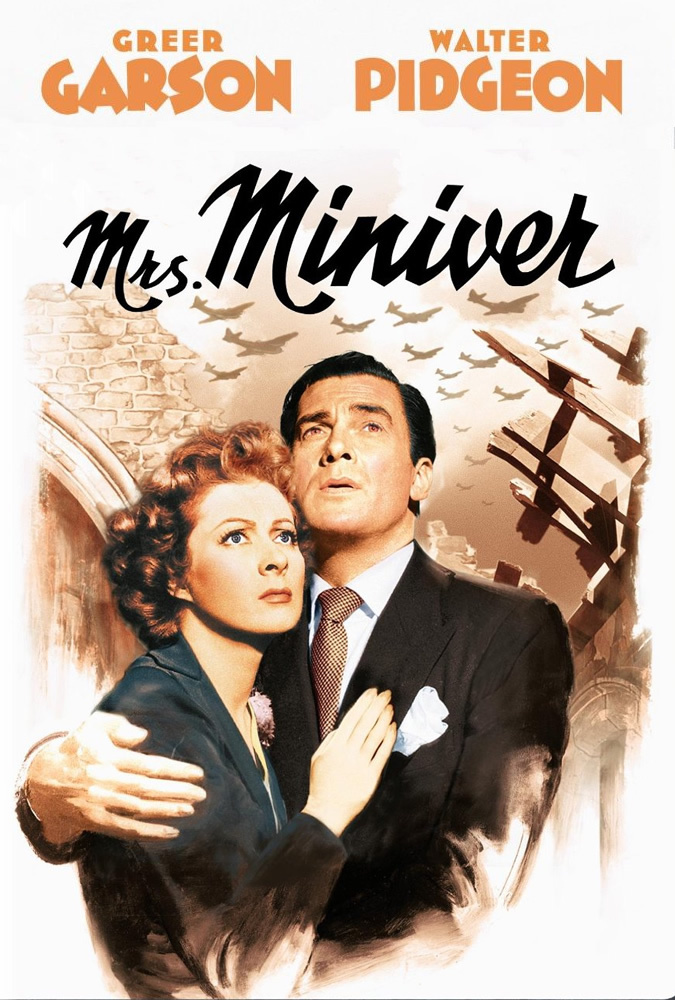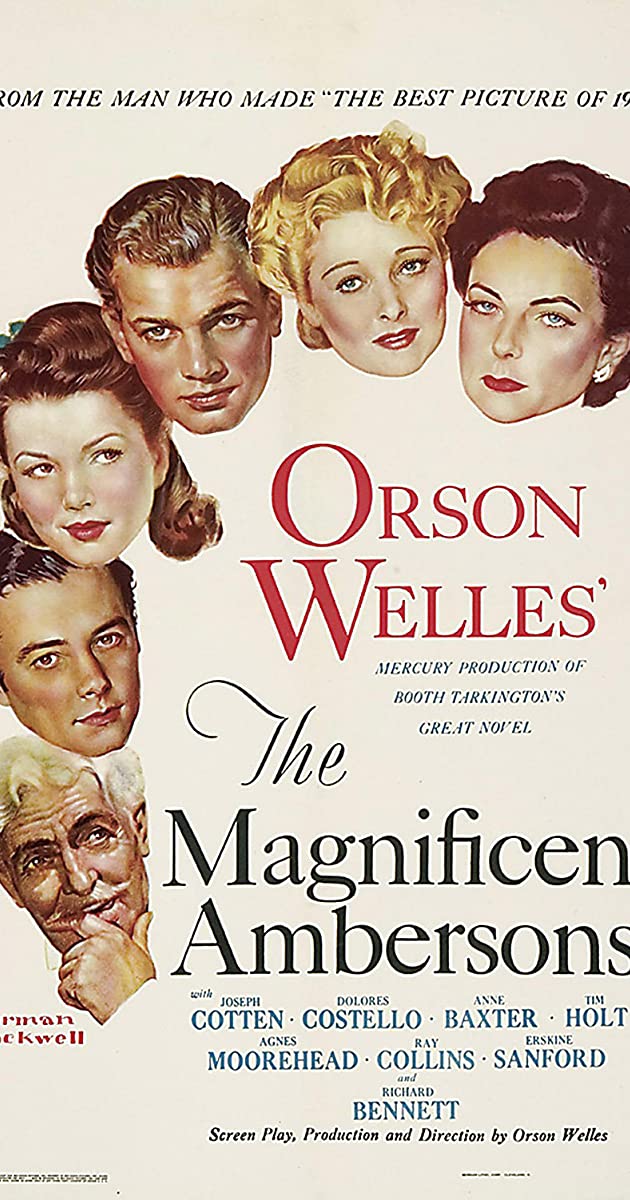The End of Hollywood's Golden Age
Rise of The Foreign Wave (1945-1970)
Due to audience's changing film tastes post-World War II, the 1940s spelled the death of Hollywood's Golden Age and the advent of a new Foreign Wave of cinema. Audiences all over the world were beginning to tire of the artificial tone of American Hollywood films, which began to feel self-important and inauthentic. By the mid 1940s, audiences were ready for something new. There began a new attention to cinema as art and national expression and this began with Roberto Rossellini's Rome, Open City (1945) and Italian Neo-Realism.
Neo-realism was raw and felt real, in part due to their shoe-string budgets compared to the U.S. These films attempted to accurately project the authentic suffering felt by real people following the war. Films were shot on location, endings were ambiguous, and just generally looked rougher than the crisp cleanliness that American Hollywood films had. All of these elements of Italian New-Realism attracted jaded film audiences post World War II.
To clarify, of course 1945 is not the death of Hollywood or its films. During these decades Hollywood would produce some classics that we largely still hear about today. Hitchcock, Welles, Kubrick, and Ford were all in their prime during this time. However, the dominance of Hollywood's cultural hold over films produced was severely shaken and, while they still produced some marvellous pieces of cinema, it became mostly international directors that were leading the way in the artistic cutting edge of what films had to offer.
Fun Fact: Huddling around the radio was a key source of quality family time and entertainment throughout the decade, before television completely took over everything in the ’50s. People listened in for war updates, quiz shows, soap operas, sports broadcasts, and more.
Favorites of the Decade: The Philadelphia Story (1940), Mrs. Miniver (1942), The Great Dictator (1940)
